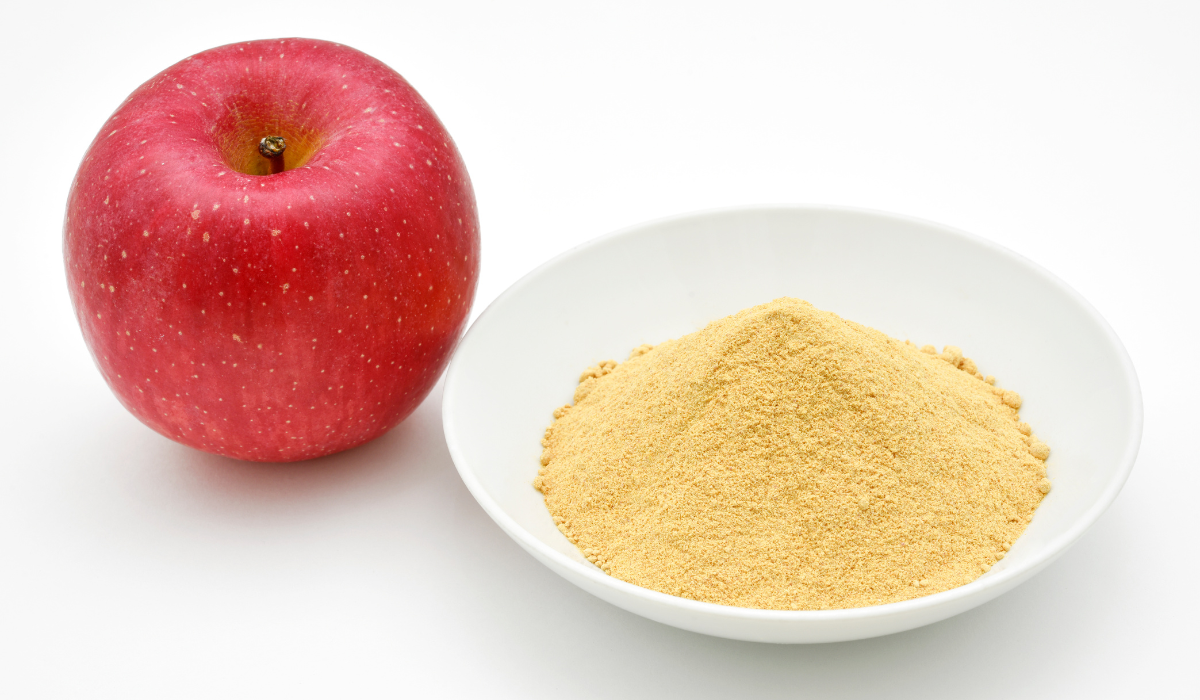
Introduction
Pectin powder is a natural food additive that has gained significant popularity in the culinary world due to its remarkable gelling and thickening properties. Derived from fruits, this versatile substance has found its way into numerous food products, making it a staple ingredient for chefs, bakers, and food manufacturers. In this article, we will delve into the world of pectin powder, exploring its uses, benefits, and how it can be used to elevate your culinary creations.
What is Pectin Powder?
Pectin is a soluble fiber present in the cell walls of various fruits, including apples, citrus fruits, and berries. When extracted and processed into a fine powder, it becomes known as pectin powder. This fine white powder is odorless and tasteless, making it ideal for various applications in the food industry.
How Does Pectin Powder Work?
Pectin powder works its magic through its gelling and thickening properties. When mixed with liquids and heated, it forms a gel-like substance that adds structure and thickness to food products. This ability to create gels is highly valued in the culinary world, particularly in the production of jams, jellies, and fruit preserves.
The Culinary Uses of Pectin Powder
Creating Perfect Jams and Jellies
Pectin powder is a go-to ingredient for anyone looking to make homemade jams and jellies. By adding pectin powder to fruit mixtures, you can achieve the desired gel-like consistency, ensuring your spreads are not too runny or overly thick.
Baking Delights
In baking, pectin powder can be used to enhance the texture of various products. From adding structure to fruit fillings in pies to providing a tender crumb in muffins and cakes, pectin powder is a baker's best friend.
Thickening Sauces
Pectin powder can also be utilized to thicken sauces and soups. Its ability to create smooth, uniform textures makes it an excellent alternative to other thickeners.
Health Benefits of Pectin Powder
Digestive Health
Pectin is known to have prebiotic properties, which means it serves as food for beneficial gut bacteria. Consuming pectin-rich foods can promote a healthy gut environment and aid in digestion.
Cholesterol Management
Studies have suggested that pectin can help lower LDL cholesterol levels, thus contributing to better heart health.
Blood Sugar Regulation
Pectin may also play a role in regulating blood sugar levels, making it potentially beneficial for individuals with diabetes.
How to Use Pectin Powder in Your Recipes?
Proper Measurement
It's essential to measure pectin powder accurately to achieve the desired results. Too little can result in a runny texture, while too much can make the product overly firm.
Dissolving in Liquid
To prevent clumping, mix the pectin powder with sugar or other dry ingredients before incorporating them into the liquid.
Heating Gradually
When using pectin powder to make jams or jellies, avoid high heat initially. Gradually increase the temperature to allow the pectin to activate and create the gel.
Conclusion
Pectin powder is undoubtedly a game-changer in the culinary world. Its natural origin, impressive gelling properties, and health benefits make it a preferred choice for chefs and health-conscious individuals alike. Whether you're an aspiring home cook or an experienced chef, pectin powder is a must-have in your kitchen arsenal.
FAQs
1. Is pectin powder suitable for vegans?
Yes, pectin powder is entirely vegan, as it is derived from plant-based sources like fruits.
2. Can I use pectin powder as a substitute for gelatin?
Absolutely! Pectin powder is an excellent substitute for gelatin, making it perfect for vegetarian or vegan recipes.
3. How much pectin powder should I use for making jams?
The amount of pectin powder required will depend on the recipe and the fruit you're using. Follow the guidelines on the packaging or the recipe you're following.
4. Does pectin powder alter the taste of the food?
No, pectin powder is tasteless and odorless, ensuring that it doesn't affect the flavor of the food.
5. Can I use pectin powder in savory dishes?
While pectin powder is commonly used in sweet dishes, it can also be used in savory dishes for thickening sauces and achieving the desired consistency.

 English
English

























